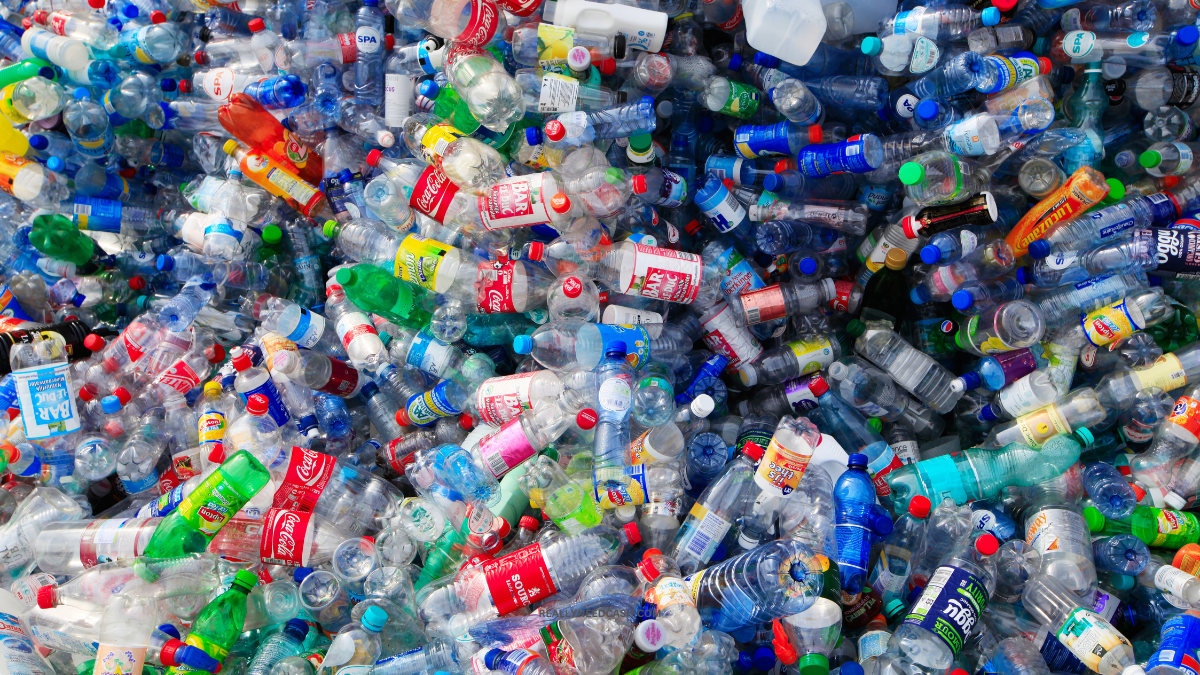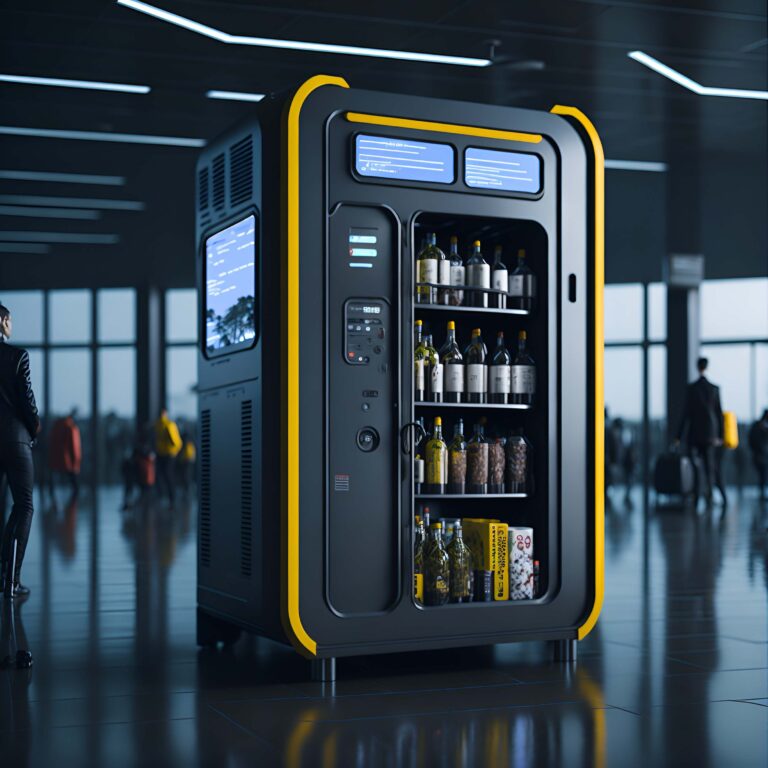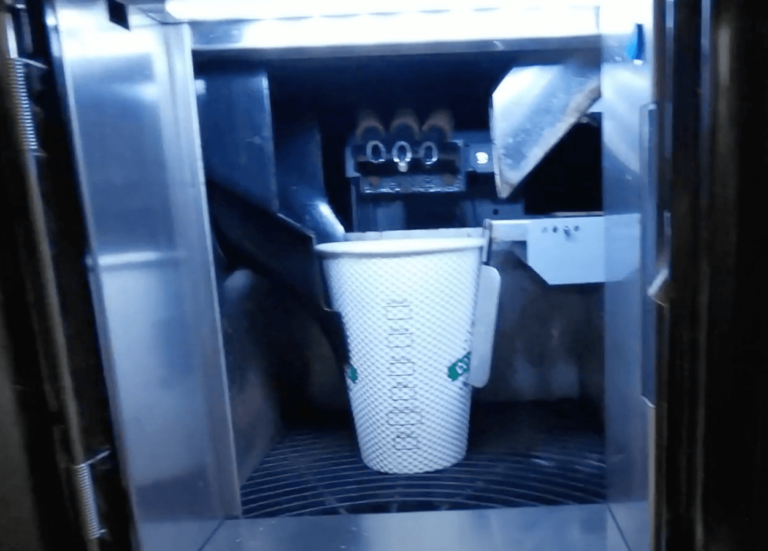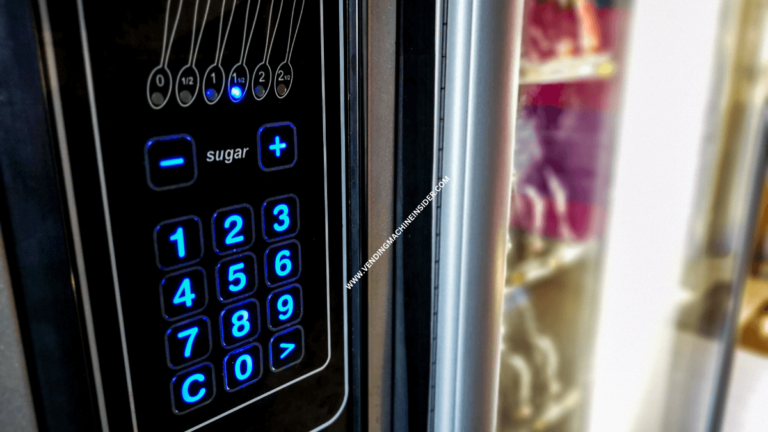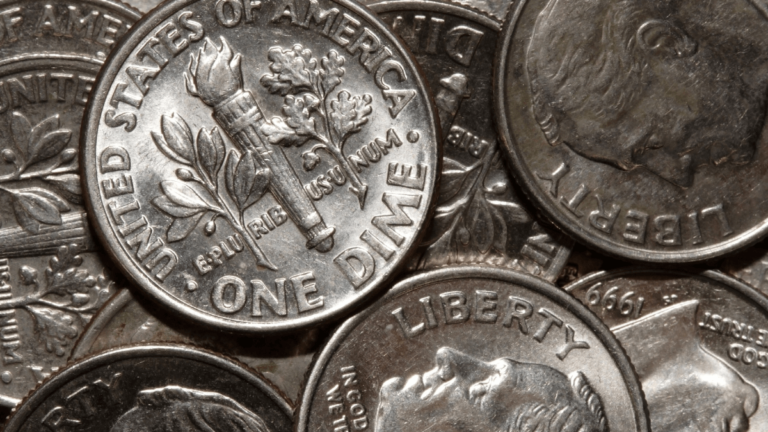How Do Reverse Vending Machines Make Money: Step-by-Step
Reverse vending machines are automated machines that accept and collect used bottles or cans in exchange for money or store credits.
The collected material is then recycled, enabling users to lessen their environmental impact while also making a bit of money on the side.
Reverse vending machines make money by collecting fees for items deposited in the machine and selling recycled materials they have collected. Collection fees and profits from selling these materials can be quite substantial.
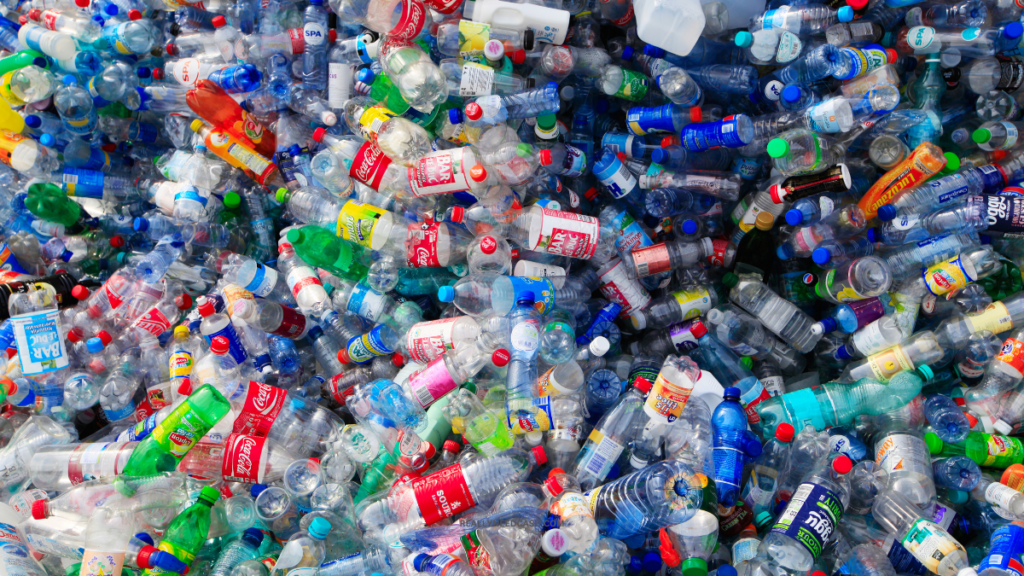
How do Reverse Vending Machines make Money?
Here are a few ways reverse vending machines can make money:
- Installing the machine can bring in money from installation fees.
- Setting up a payments system allows customers to pay for their recyclables with cash or credit/debit cards, generating revenues.
- Offering discounts and other incentives encourage more people to use the machine, which leads to higher revenues.
- Collecting payments generated by customers helps you generate additional income with minimal effort.
- It also provides an eco-friendly way of collecting and recycling used containers.
How to make Money Setting Up Reverse Vending Machines?
Reverse vending machines provide an eco-friendly method of collecting and recycling used containers while also providing a source of income for the business that installs them.
Here’s a step-by-step guide to understanding how reverse vending machines make money:
Step 1: Install the Machine
The first step in using a reverse vending machine is to install it in your business or store.
This involves securing the machine to the ground and connecting it to power and other required plumbing fixtures. It’s important to ensure that all connections are secure, as this will help prevent any damage or malfunctions in the future.
Step 2: Set Up the Payment System
Once the machine is installed, you need to set up its payment system.
This will involve connecting it to a banking system or card reader, so customers can pay for their recyclables through cash or credit/debit cards.
You’ll also want to adjust any amount settings on the machine, such as how much money customers should receive for each item recycled.
Step 3: Encourage Customers to Use it
Now that your reverse vending machine is ready for use, you need to make sure people know about it!
This can be done through advertising campaigns, signage around your store, and word-of-mouth recommendations from satisfied customers.
You may even consider offering discounts or other incentives for those who use the machine regularly.
Step 4: Collect Revenues Generated
At this point, all that’s left is collecting payments generated by your reverse vending machine!
When customers deposit their recyclables into the machine, they should be given either store credits or money depending on what you have set up previously.
These payments should then go directly into your account, allowing you to generate additional revenues with minimal effort!
How much can you make from a reverse vending machine?
Generally speaking, Reverse Vending Machine businesses tend to make anywhere between a few hundred to thousands of dollars in profits each year.
The exact amount of money one can make from a reverse vending machine depends on the type and size of the machine, as well as how often it is used.
Factors such as discounts and incentives offered to customers may also affect how much money can be made.
What are the benefits of using a Reverse Vending Machine?
The benefits of using a reverse vending machine are numerous.
- Increase revenue for businesses
- Reduce waste and promote sustainability
- Boost customer satisfaction levels
- Provide customers with discounts or incentives for returning empty containers
- Educate people on the importance of recycling
- Efficiently process recyclable materials by automatically counting, sorting, and storing items.
Do reverse vending machines accept all containers?
No, reverse vending machines do not accept all containers.
They are typically programmed to accept specific materials such as plastic bottles and aluminum cans, depending on the type of reverse vending machine and its settings.
Are there limitations on what types of containers a reverse vending machine will take?
Yes, there are limitations on what types of containers a reverse vending machine will take.
Different types of reverse vending machines can accept different materials and products such as plastic bottles and aluminum cans, but all machines have certain restrictions on what they are programmed to accept.
Depending on the type of machine and its settings, some items may not be accepted by the machine.
A reverse vending machine can typically accept the following types of containers:
- Plastic bottles
- Aluminum cans
- Glass bottles
- Composite plastic containers
- Other recyclable materials, depending on the type of reverse vending machine and its settings.
What happens to materials collected by a reverse vending machine?
Materials collected by a reverse vending machine are typically sorted and recycled.
The materials are placed into categories according to the type of material or product and then sent to recycling centers for further processing.
The recycled material can then be used to create new products such as reused plastic bottles, aluminum cans, and other materials.
Does a reverse vending machine need electricity to operate?
Yes, reverse vending machines usually require electricity to operate. The electricity is used for powering components such as sensors and motors that are needed for the machine to function properly.
In addition, some reverse vending machines also use digital displays or LCD screens to display information about the items collected by the machine.
Can you make money with a reverse vending machine?
Yes, it is possible to make money with a reverse vending machine. Typically, the money earned comes from collection fees charged for the items deposited in the machine.
Depending on the type of items being collected and the specific regulations in each jurisdiction, these collection fees can be quite substantial.
Money can also be made by selling recycled materials that have been collected with the reverse vending machine.
This eco-friendly service not only rewards people for recycling their waste but also provides a smart source of income for businesses that install these machines.
With more and more people looking for ways to reduce their carbon footprint, reverse vending machines are solidifying themselves as an innovative way to make money from recycling materials.
Conclusion:
In summary, a reverse vending machine can be a great way to make money and help the environment at the same time.
By collecting waste materials and charging collection fees, owners of reverse vending machines are able to earn profits while also contributing to a more sustainable future.
With technological advances allowing for further automation and efficiency, the potential use of reverse vending machines is only likely to grow in the coming years.
